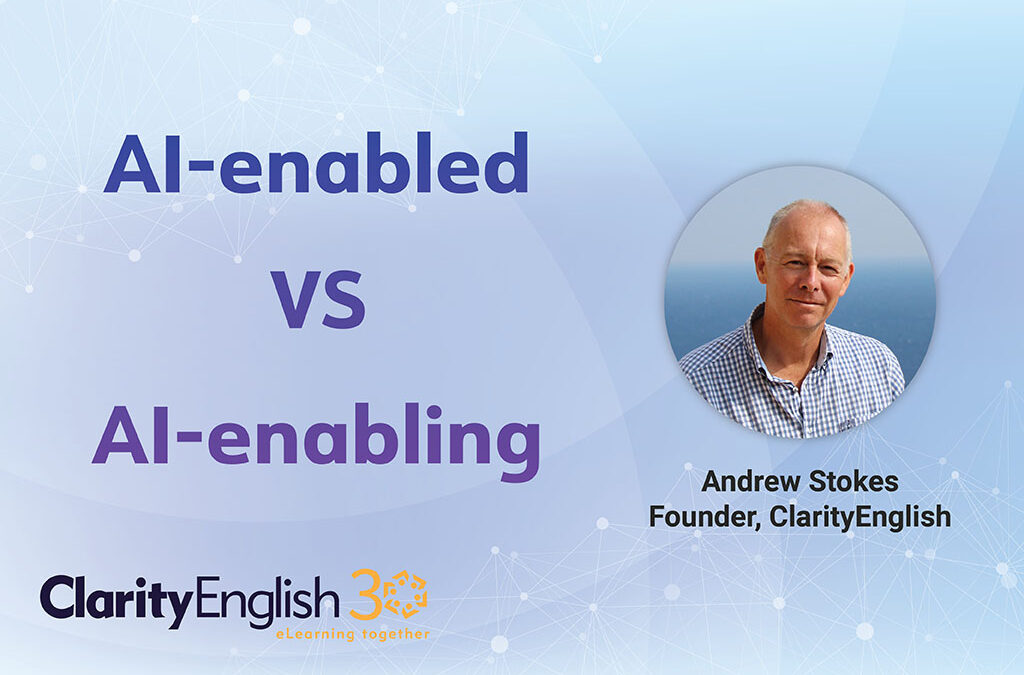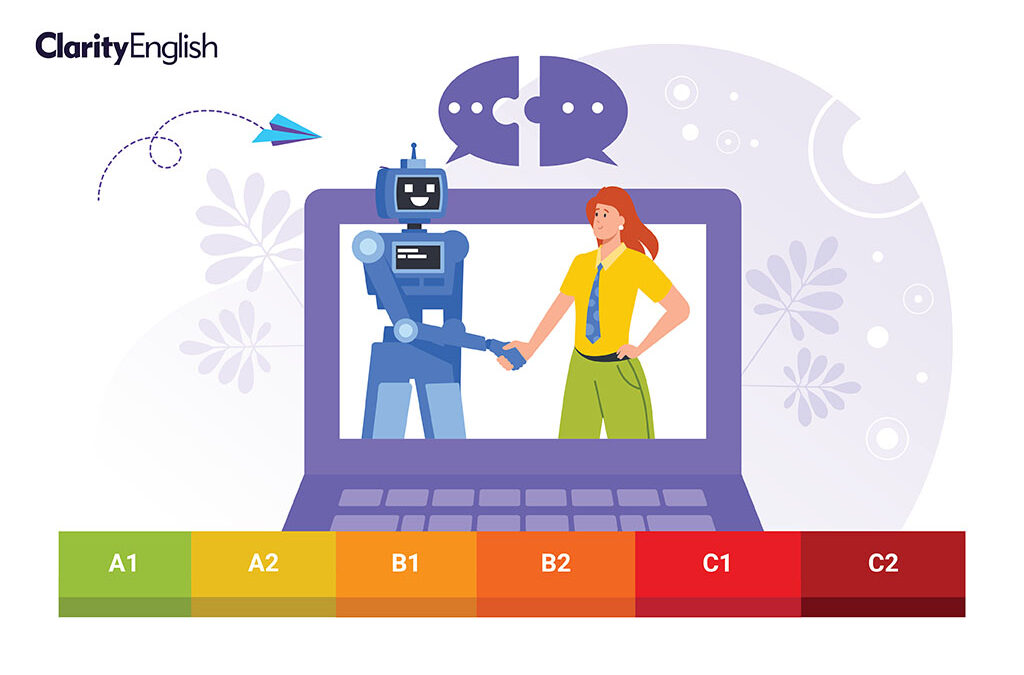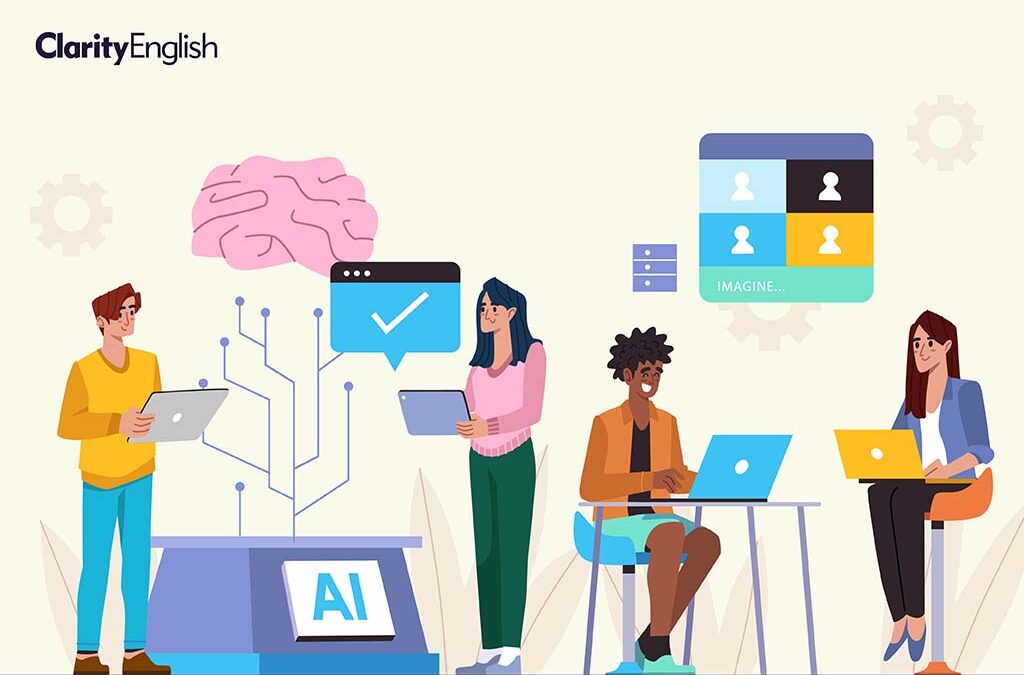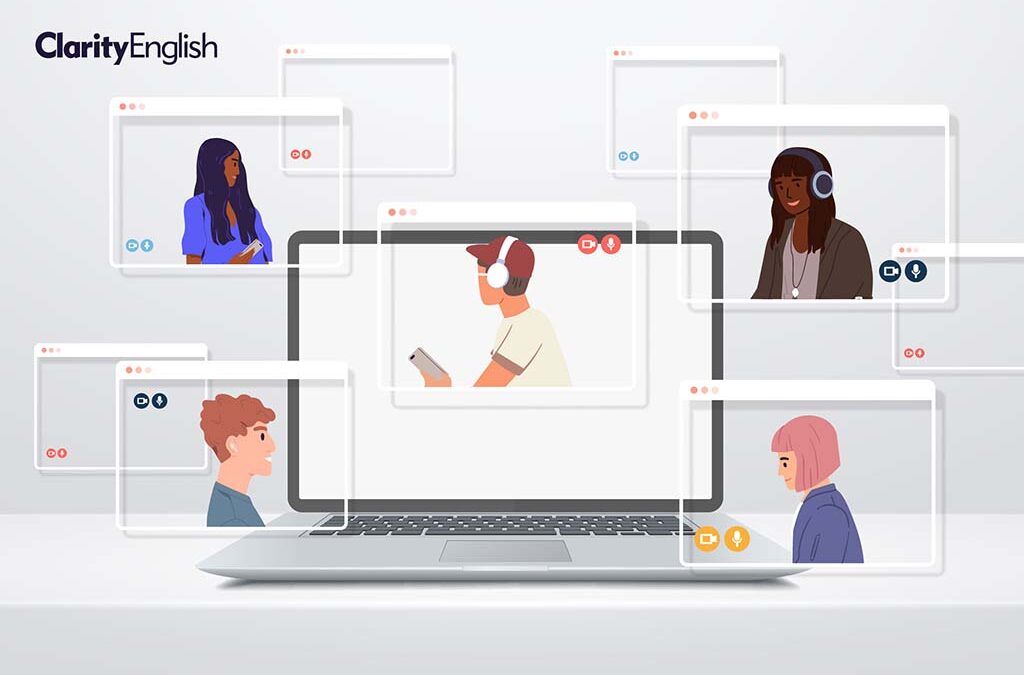Andrew Stokes explores the pressure to incorporate AI, implementation challenges, and making sure AI English-language learning resources are practically and pedagogically useful for the learners.


Andrew Stokes explores the pressure to incorporate AI, implementation challenges, and making sure AI English-language learning resources are practically and pedagogically useful for the learners.

Marlon Gomez, Jamestown’s academic director, shared their solution to combine the Dynamic Placement Test and Road to IELTS to create an effective learning journey for students.

For teachers managing large classes with limited contact hours, assessing spoken English can be a demanding task. The Dynamic Speaking Test is a thoughtful and practical solution.

A standardised, data-driven approach to placement testing for English benefits teachers, parents and, most importantly, the students themselves.

In this post, we look at how British Council Libya deploys the Dynamic Placement test as a key component in their teacher training program.

In his very own experiment, Martin Moore uses the Dynamic Placement Test to test if device choice affects result.

Can you tell the difference between the results given by a human and AI marker? Martin Moore shares the big (and not so big) differences between the two.

The road to our AI speaking test wasn’t a smooth one. Martin Moore lays out the trials, tribulations and triumphs of developing the Dynamic Speaking Test.

Atlas English shares their findings from their project with HOPES LEB, improving the prospects for vulnerable youth and refugees in Lebanon.

Everyone wants a test to be valid. But what is validity and how do you tell if a test is valid or not?